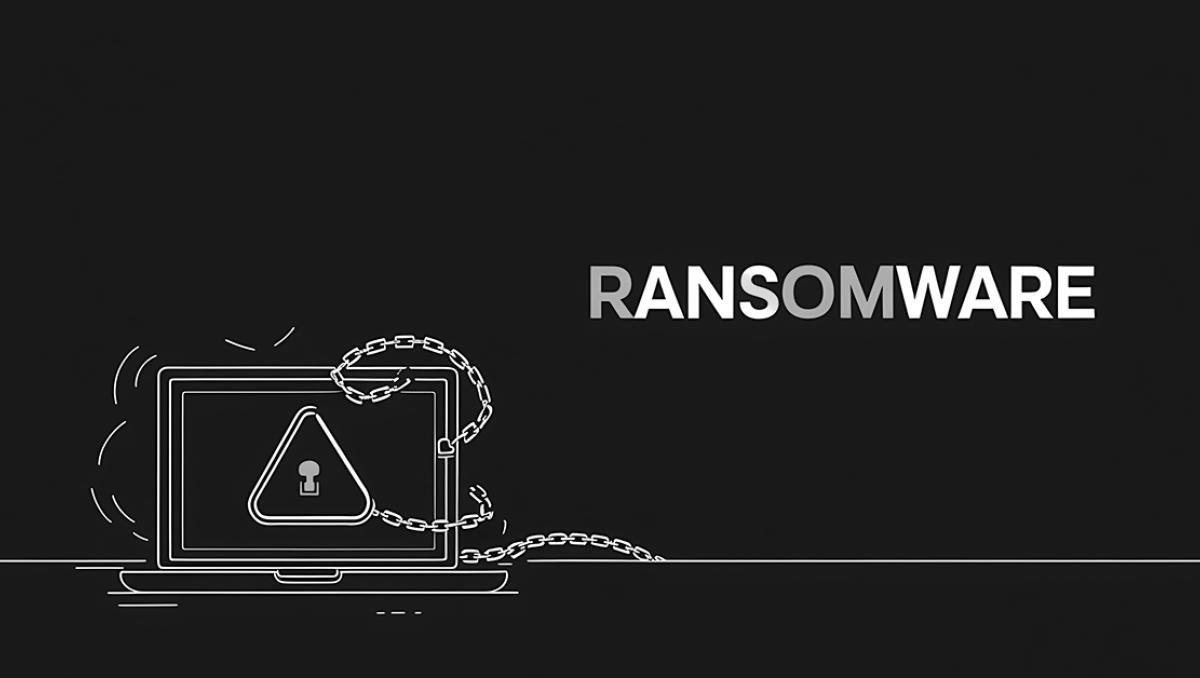
File integrity monitoring (FIM) and endpoint detection and response (EDR) are two cybersecurity solutions that are often foundational aspects of organizations’ security strategies. EDR is implemented in order to stop known and unknown threats at endpoints, often with advanced functions such as behavioral monitoring and analysis, antivirus protection, and threat response capabilities. FIM can monitor files, servers, operating systems, and networks for potentially suspicious changes and provides insight into what changes are made and by whom in an effort to enable the restoration of files after unauthorized changes.
Both types of solutions can be useful to organizations, on their own or in combination with each other, depending on their needs and resources. Choosing and implementing the right solutions to formulate your organization’s security strategy requires understanding the differences between these two cybersecurity staples.
Delving into File Integrity Management (FIM)
The advantages of implementing an effective FIM program are that it can significantly fortify security against unauthorized changes threatening integrity. However, it is not as simple as establishing any FIM tool and letting it run; the insight gathered from FIM must translate into actionable intelligence to be helpful rather than bogging down security teams with false positives and vague threats.
Fortunately, many of the drawbacks to implementing FIM are easily mitigated with the right tools and practices. Whereas many believe that FIM is impractical or burdensome, this is largely based on misconceptions about the complexity and nature of FIM solutions. The right FIM solution will account for these factors and deliver useful security insight rather than difficulty.
Some of the benefits of successful FIM can include:
- Protecting IT infrastructure against unauthorized changes that may indicate an attack or cybersecurity incident.
- Reducing the number of unnecessary alerts by using advanced intelligence to filter and deliver detailed metrics.
- Maintaining compliance with a wide range of regulations such as NERC CIP, NIST, and HIPAA.
Unpacking Endpoint Detection and Response (EDR)
Implementing an EDR solution can provide many benefits for organizations as well if the right tools are chosen. The function of EDR is to monitor and scan endpoints—like computers, servers, and mobile devices—to detect, investigate, and respond to any known threats. Some EDR solutions also include more sophisticated capabilities like behavioral analysis to flag abnormal actions and alert security teams to previously unknown threats.
While EDR can provide a significant layer of defense against malware and viruses at endpoints, there are many cases where it isn’t enough on its own. The fact that it detects known threats and abnormal behavior at endpoints means that it catches these threats only after they are delivered to the endpoint device. It can help to locate and identify new applications or known malware on the device, but using EDR in combination with other security tools and practices can increase the effectiveness of the solution.
Contrasting FIM and EDR
The distinction between FIM and EDR is vital to understand before investing in either one. There are key differences between the two in several areas:
- Focus: EDR is primarily focused on detecting known threats like viruses and malware at endpoints, while FIM detects changes in files to protect data integrity.
- Capabilities: EDR has functions like threat signature detection and behavioral analysis, while FIM identifies changes made, including context around the changes.
- Deployment: Deploying an EDR solution requires continuous operation and management, and FIM deployment requires setting rules for which files are monitored, what context is gathered, and which file changes should become security alerts.
Use Cases and Scenarios
The use cases for both FIM and EDR range widely, and there is a variety of reasons that organizations might choose to deploy one or the other or to use them in combination with each other. The implementation of EDR provides direct and tangible benefits when the solution detects and contains threats and alerts security teams to remediate them. This is of practical benefit because there are no security measures that can entirely stop threats from reaching endpoints, so having an automated solution to isolate threats before they infiltrate the network is a significant layer of defense against malware and viruses.
On the other hand, FIM can be useful for organizations that handle particularly sensitive, confidential, or critical data, such as personally identifiable information (PII), protected health information (PHI), or financial and legal documents. If the integrity of these files is threatened, it can lead to catastrophic consequences. The ability to detect and remediate unauthorized changes to important files can be of great help against threats to file integrity, including corrupted files and insider threats. Integrity extends beyond data security as well, protecting systems, networks, and even physical assets.
Selecting the Right Solution for Your Organization
Both FIM and EDR can be core parts of a good security strategy, depending on the organization’s needs, wants, and available resources. A FIM solution may be the right choice for organizations that handle and store large amounts of sensitive data and organizations in heavily regulated industries, as FIM not only bolsters security but also provides a paper trail for any changes to files. Effective FIM tools surpass the bare minimum needed to check a box for compliance or industry standards.
An EDR solution can be helpful for organizations that are frequently attacked and large organizations with a higher chance of human error. These solutions can contain threats in progress before they become a larger danger to the organization’s networks and systems. More sophisticated EDR solutions also include behavioral analytics to detect more than known threat signatures.
Using FIM and EDR in tandem can go a long way toward protecting an organization’s devices, networks, systems, sensitive data, and other assets. This can provide layered protection for organizations that manage highly confidential and important data, protecting against unauthorized changes and corruption with FIM while fighting external cyberattacks and malware with EDR.
At Fortra, we’re creating a simpler, stronger, and more straightforward future for cybersecurity by offering a portfolio of integrated and scalable solutions. Don’t let the doom and gloom of cyberthreats get to you. We’re here to help.




